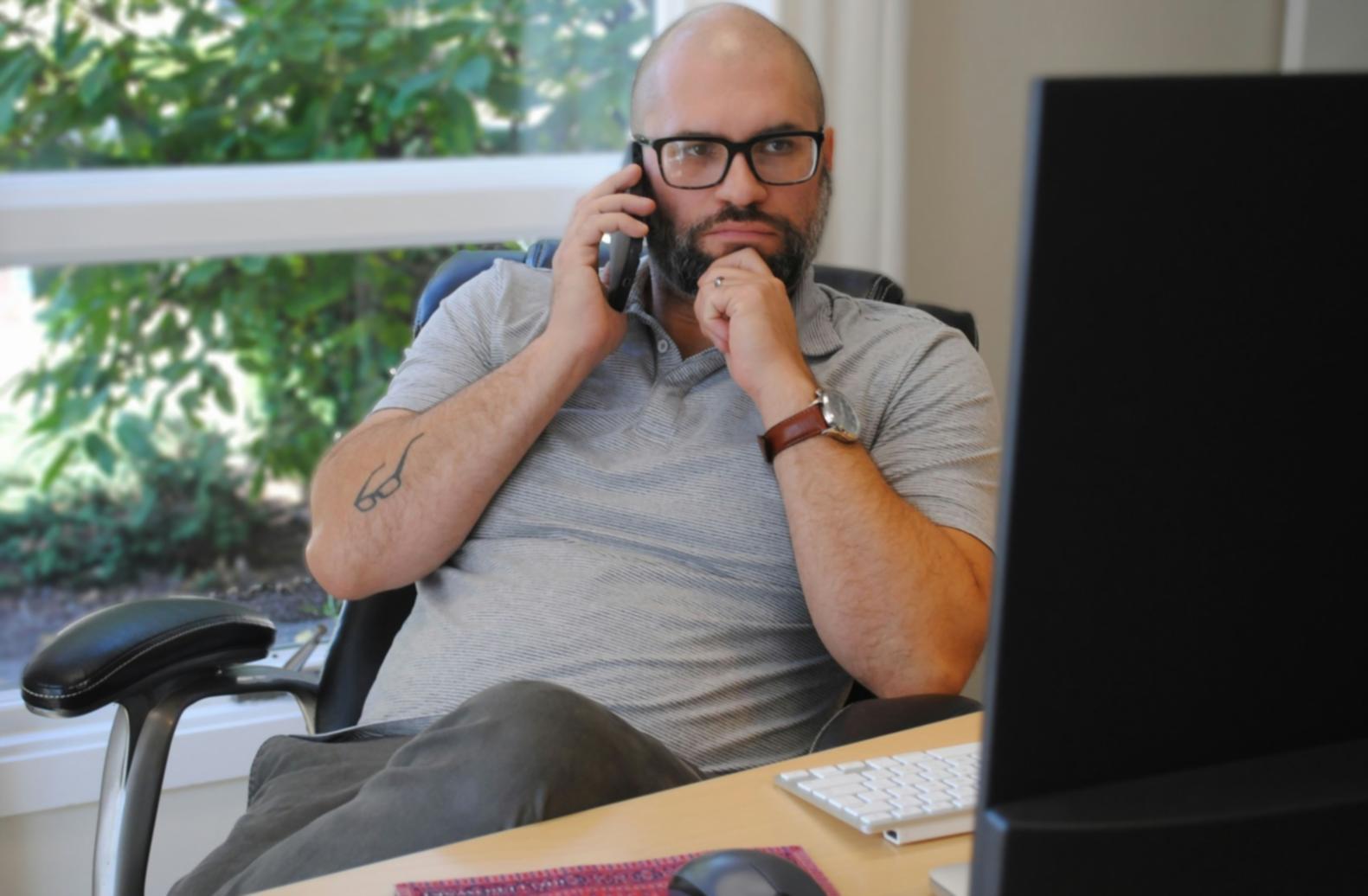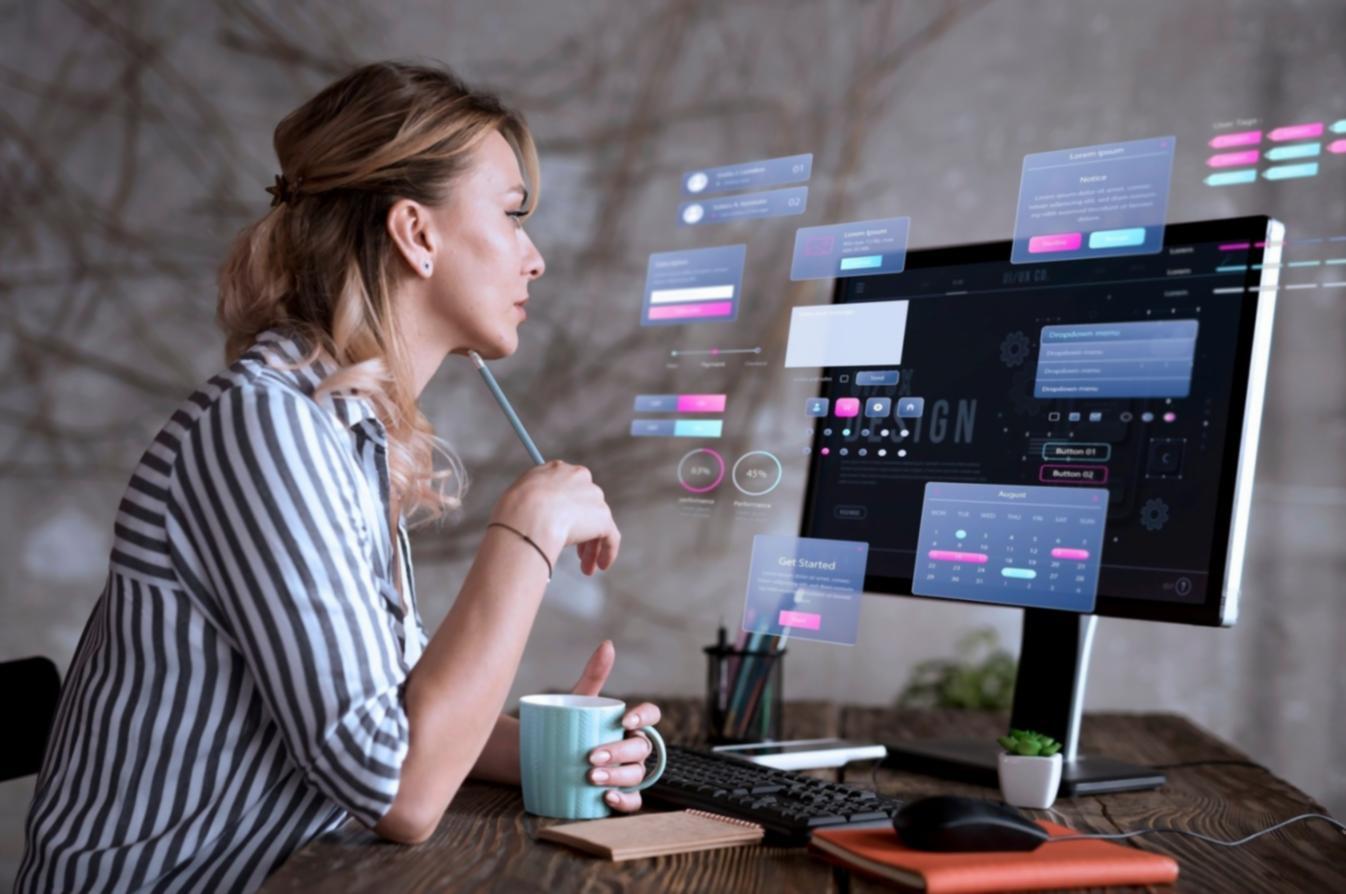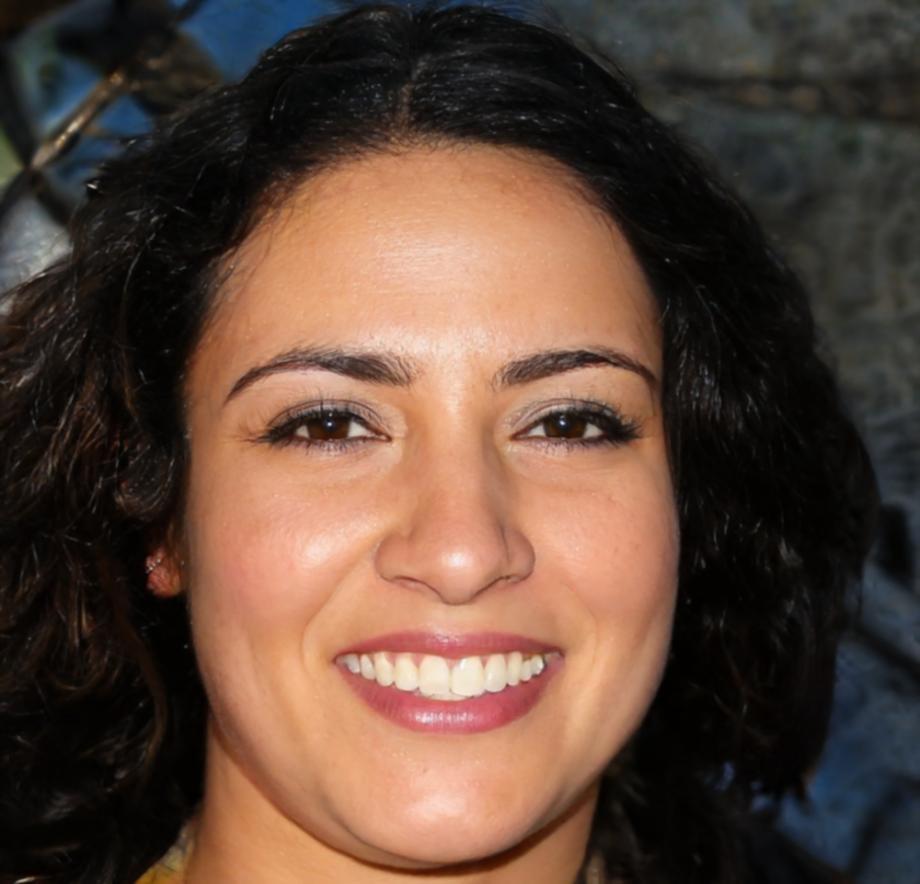We Started Because Students Needed Something Different
Three years ago, we noticed something weird. Students were graduating with certifications but couldn't handle actual game production work. So we built something practical instead.
How We Actually Got Started
Back in early 2022, a small team of us were working on contract projects for game studios. We kept hiring fresh graduates who had impressive portfolios but struggled with real workflows. They knew the tools but didn't understand production pipelines.
After the fifth hire in six months didn't work out, we sat down and asked what was missing. Turns out, most programs teach software features but skip the messy reality of iteration, feedback cycles, and technical constraints that define actual game development.
We decided to teach the way we wished someone had taught us—through building real assets that could actually ship in games, not just look good in isolation.
By autumn 2022, we had our first cohort of eight students working through a full game asset pipeline. Some struggled. A few dropped out. But the ones who stuck with it? They're working now, and they tell us they felt prepared when they started.

What We Actually Believe About Learning
Over three years, we've figured out what works and what doesn't. These aren't marketing points—they're principles we built our curriculum around because we saw them matter in practice.
Production Context Matters
You can't learn game art in a vacuum. We teach every technique within the context of actual production constraints—polycount budgets, texture memory limits, animation export requirements. Because that's what you'll face on day one of any job.
Iteration Over Perfection
First drafts are supposed to be rough. We encourage students to create quickly, get feedback, and iterate. That's how professional pipelines work. The ability to take critique and improve rapidly is more valuable than spending weeks on one perfect piece.
Technical Foundation First
Artistic vision means nothing if your model won't import properly. We spend significant time on technical fundamentals—proper topology, clean UVs, efficient rigging. The creative part comes easier when you're not fighting your own technical mistakes.
Real Feedback Loops
We review work like a lead artist would review it on a team. Sometimes that means pointing out what needs to be redone. Students learn to separate ego from craft, which is essential when you're working under art directors who have specific requirements.
Pipeline Understanding
Knowing Maya isn't enough. Understanding where your work fits in a larger pipeline—how it affects level designers, technical artists, and programmers—makes you a better collaborator. We teach students to think beyond their own workstation.
Sustainable Pace
Crunch culture is real, but burning out before you even get hired doesn't help anyone. We structure programs to be intensive but manageable. Learning game development shouldn't mean sacrificing your health or other responsibilities.



Who's Actually Teaching
Our instructors are working professionals who teach because they remember how hard it was to break into the industry. They're not full-time academics—they're people who balance contract work with teaching, so what they share is current and practical.

Layla Kawthar
Lead 3D Animation Instructor
Layla spent six years as a character animator before she started teaching with us in 2023. She worked on two shipped mobile titles and contributed to an indie PC game that got pretty decent reviews. She's blunt about what works and what doesn't, which students appreciate once they get used to it.
She handles our character animation track and specializes in teaching rigging workflows that don't break when animators actually use them. Her background includes both hand-keyed animation and motion capture cleanup, so she can teach students multiple approaches depending on project needs.